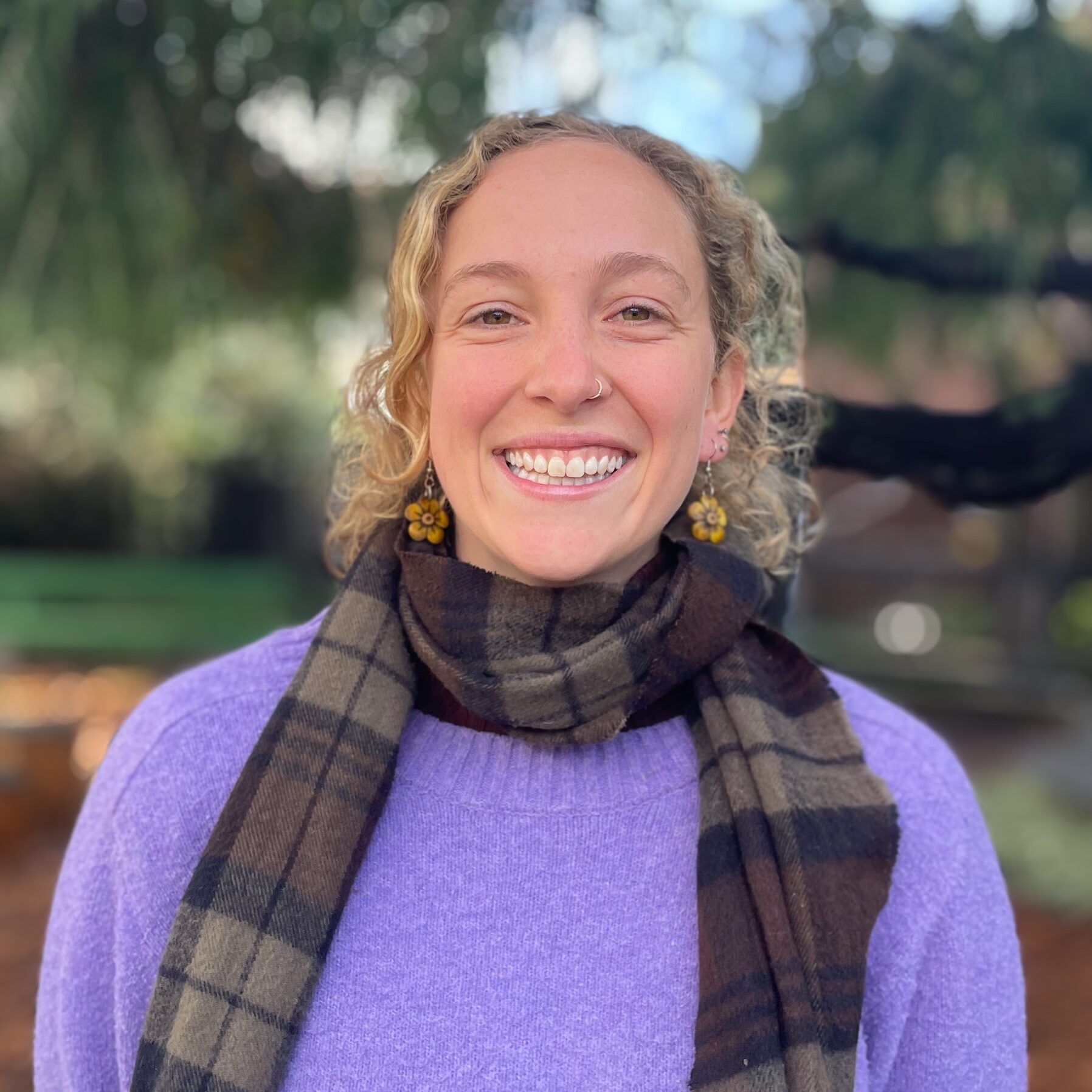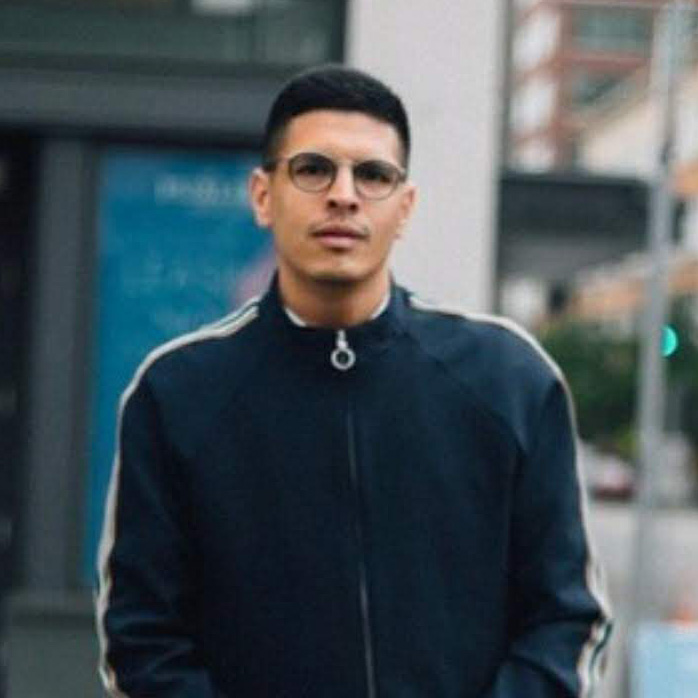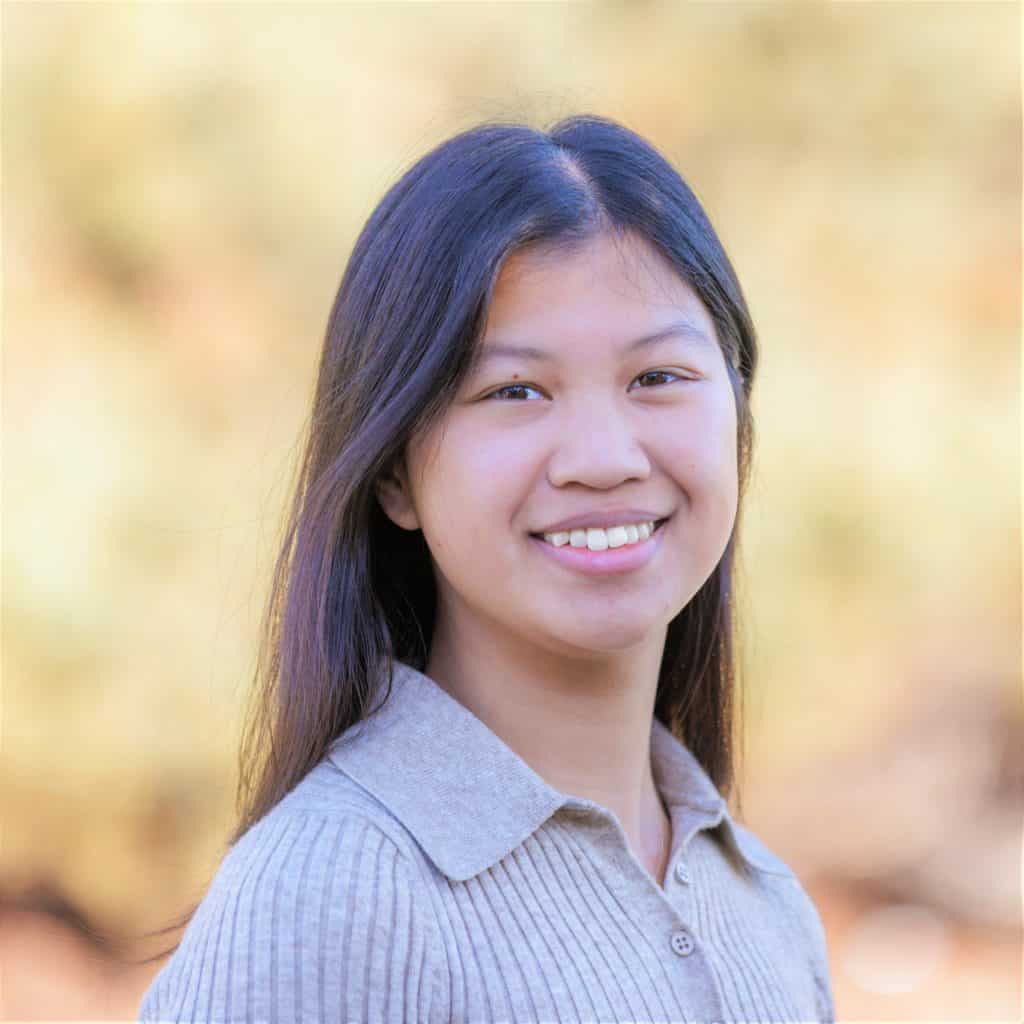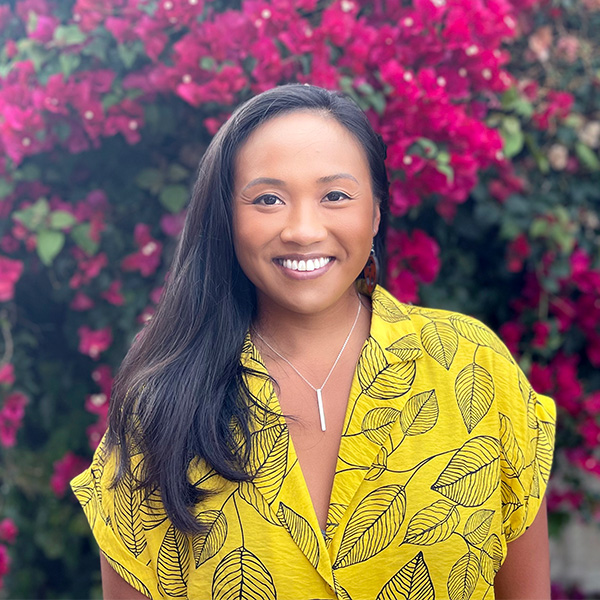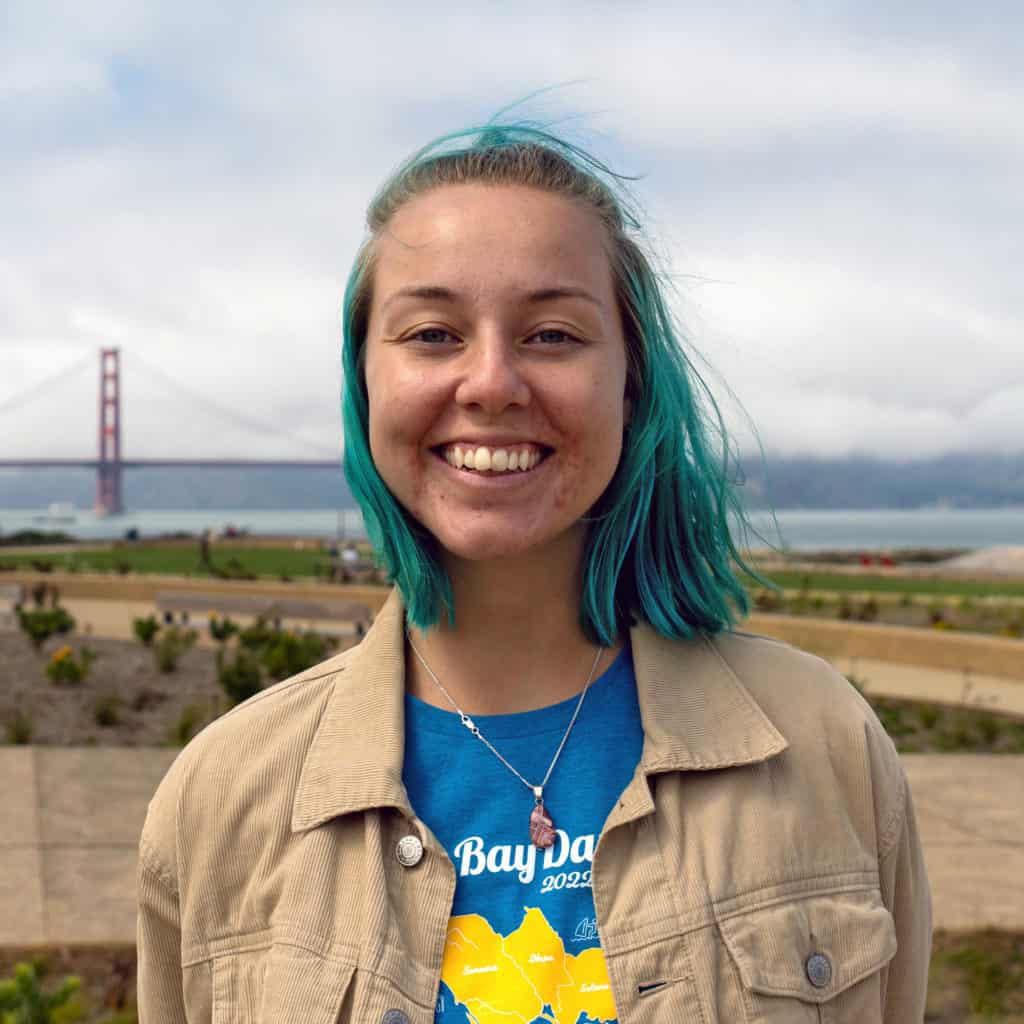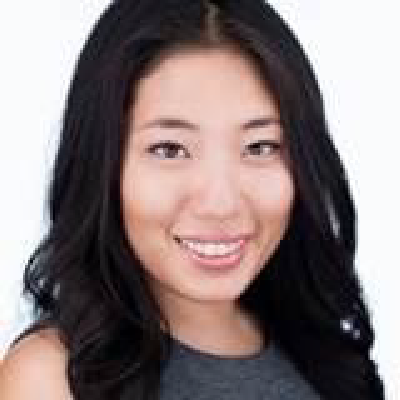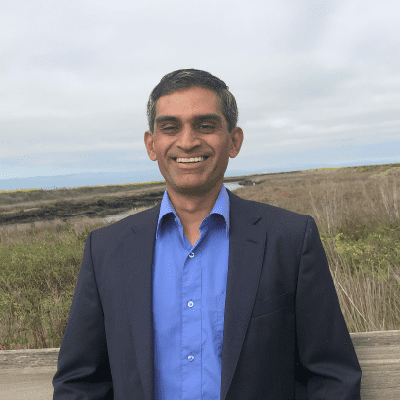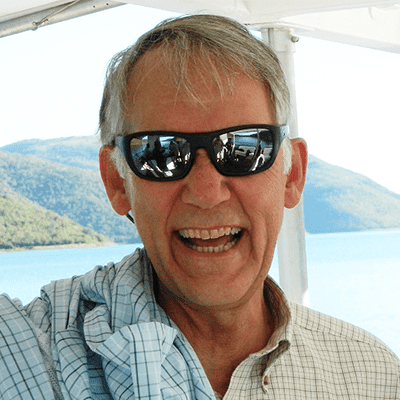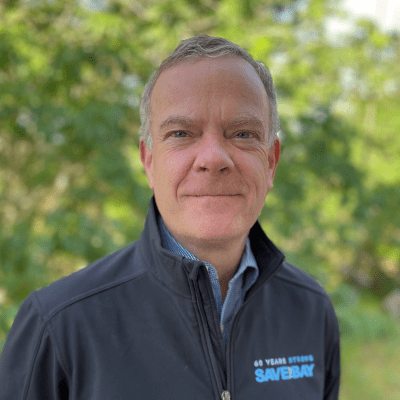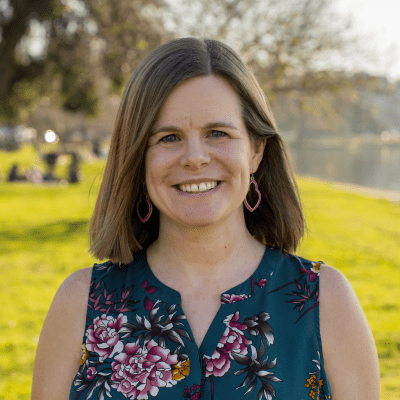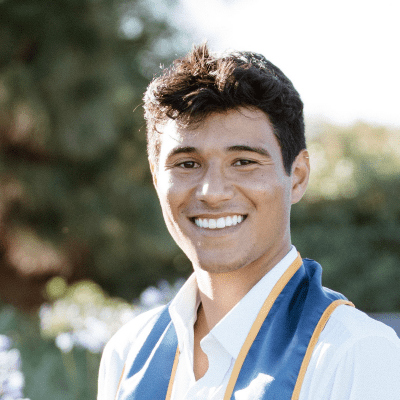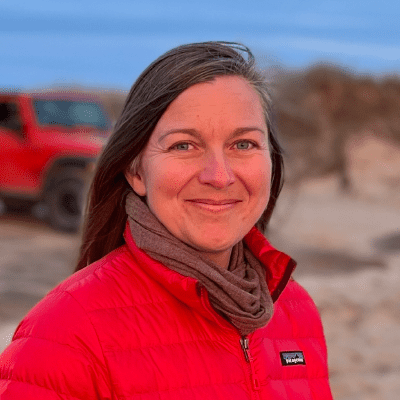 “Their proposal was out of touch and out of time with what the Bay Area wants and needs.” David Lewis doesn’t mince words when it comes to Cargill’s “Saltworks” project. Back in 2006, America’s largest private company had grand plans: fill in 1,400 acres of Redwood City salt ponds to build 12,000 homes. Cargill’s agenda represented precisely the kind of reckless development Save The Bay was formed to fight. So, David took them on – and won. In celebrating his 20th anniversary as Save The Bay’s Executive Director, we’re proud to look back on one of his biggest victories for San Francisco Bay. For David, stopping Cargill’s plan hinged on a simple message: “We don’t do this anymore. We stopped filling the Bay decades ago. This was a Minnesota-based company completely out of touch about what is legal or supported by the public here.”Early on, he also emphasized this project’s threat to the Bay as regional, not just local: “The Bay belongs to all of us. Today, residents understand that an attack on one part of the shoreline can affect the whole Bay, its fish and wildlife. That means we won’t leave this up to just Redwood City to decide.” Save The Bay launched a public campaign – Don’t Pave My Bay – showing how building a new city in these salt ponds would harm both people and wildlife. David raised awareness in the media about how it would destroy wetland habitat, worsen traffic, threaten port jobs, and endanger residents as sea levels continue to rise. Save The Bay secured signatures from 150 Bay Area elected officials urging the Redwood City Council not to permit the project, including leaders from neighboring Menlo Park, Atherton and San Carlos. Federal and state laws, and Redwood City’s own zoning and general plan, prohibit development in the ponds, and Save The Bay showed the legal case against Saltworks was strong. David encouraged state and federal regulatory agencies to voice their concerns at the very beginning of the Environmental Impact Review, instead of waiting. The U.S. Fish and Wildlife Service identified the Redwood City ponds as one if its already-authorized acquisitions to expand the Don Edwards San Francisco Bay National Wildlife Refuge, should Cargill become a willing seller.
“Their proposal was out of touch and out of time with what the Bay Area wants and needs.” David Lewis doesn’t mince words when it comes to Cargill’s “Saltworks” project. Back in 2006, America’s largest private company had grand plans: fill in 1,400 acres of Redwood City salt ponds to build 12,000 homes. Cargill’s agenda represented precisely the kind of reckless development Save The Bay was formed to fight. So, David took them on – and won. In celebrating his 20th anniversary as Save The Bay’s Executive Director, we’re proud to look back on one of his biggest victories for San Francisco Bay. For David, stopping Cargill’s plan hinged on a simple message: “We don’t do this anymore. We stopped filling the Bay decades ago. This was a Minnesota-based company completely out of touch about what is legal or supported by the public here.”Early on, he also emphasized this project’s threat to the Bay as regional, not just local: “The Bay belongs to all of us. Today, residents understand that an attack on one part of the shoreline can affect the whole Bay, its fish and wildlife. That means we won’t leave this up to just Redwood City to decide.” Save The Bay launched a public campaign – Don’t Pave My Bay – showing how building a new city in these salt ponds would harm both people and wildlife. David raised awareness in the media about how it would destroy wetland habitat, worsen traffic, threaten port jobs, and endanger residents as sea levels continue to rise. Save The Bay secured signatures from 150 Bay Area elected officials urging the Redwood City Council not to permit the project, including leaders from neighboring Menlo Park, Atherton and San Carlos. Federal and state laws, and Redwood City’s own zoning and general plan, prohibit development in the ponds, and Save The Bay showed the legal case against Saltworks was strong. David encouraged state and federal regulatory agencies to voice their concerns at the very beginning of the Environmental Impact Review, instead of waiting. The U.S. Fish and Wildlife Service identified the Redwood City ponds as one if its already-authorized acquisitions to expand the Don Edwards San Francisco Bay National Wildlife Refuge, should Cargill become a willing seller.  With David’s encouragement, local activists proposed Measure W, amending Redwood City’s charter in 2008 to require a vote of the people for rezoning any open space. Though that Charter Amendment lost at the ballot box, it forced a public debate about the negative impacts of Saltworks, not the benefits Cargill and its development partner DMB Associates were promising the city. Meanwhile, marsh restoration was accelerating at Bair Island just north of the Saltworks site, demonstrating to city leaders and residents the benefits of restoring nature to salt ponds instead of paving them for development. The Measure W campaign also led Redwood City residents to organize their own power as a new group. Redwood City Neighbors United quickly became the largest community organization in town, with hundreds of supporters. Over the next four years, with encouragement and support from Save The Bay, these residents relentlessly lobbied their own councilmembers to focus on redevelopment in downtown Redwood City, near Caltrain transit – not on restorable salt ponds in the Bay. “We knew that even though Cargill and DMB had tons of money, lots of consultants and influence in Washington, DC, they couldn’t move forward without local approval in Redwood City.” By 2012, the Council was growing weary of the controversy and opposition. Rather than extend the environmental review of a project too big and destructive to approve, the Council signaled the developer to withdraw its application. Cargill promised it would soon submit a revised proposal, but never has. The company tried to convince federal officials to declare the ponds are not regulated “Waters of the United States,” but at David’s encouragement the U.S. Environmental Protection Agency blocked that effort, and the Clean Water Act protections for that Bay shoreline remain strong. “Those salt ponds remain at risk of development until Cargill sells or donates them for habitat restoration and wildlife protection,” says David, “so we’ve repeated our call on Cargill to do that. It’s the last sizeable parcel on the shoreline that needs to be secured, so we don’t ever have to wage that kind of battle there again.” Will you celebrate David’s 20th year at Save The Bay by supporting all we do to protect this beautiful place we call home?
With David’s encouragement, local activists proposed Measure W, amending Redwood City’s charter in 2008 to require a vote of the people for rezoning any open space. Though that Charter Amendment lost at the ballot box, it forced a public debate about the negative impacts of Saltworks, not the benefits Cargill and its development partner DMB Associates were promising the city. Meanwhile, marsh restoration was accelerating at Bair Island just north of the Saltworks site, demonstrating to city leaders and residents the benefits of restoring nature to salt ponds instead of paving them for development. The Measure W campaign also led Redwood City residents to organize their own power as a new group. Redwood City Neighbors United quickly became the largest community organization in town, with hundreds of supporters. Over the next four years, with encouragement and support from Save The Bay, these residents relentlessly lobbied their own councilmembers to focus on redevelopment in downtown Redwood City, near Caltrain transit – not on restorable salt ponds in the Bay. “We knew that even though Cargill and DMB had tons of money, lots of consultants and influence in Washington, DC, they couldn’t move forward without local approval in Redwood City.” By 2012, the Council was growing weary of the controversy and opposition. Rather than extend the environmental review of a project too big and destructive to approve, the Council signaled the developer to withdraw its application. Cargill promised it would soon submit a revised proposal, but never has. The company tried to convince federal officials to declare the ponds are not regulated “Waters of the United States,” but at David’s encouragement the U.S. Environmental Protection Agency blocked that effort, and the Clean Water Act protections for that Bay shoreline remain strong. “Those salt ponds remain at risk of development until Cargill sells or donates them for habitat restoration and wildlife protection,” says David, “so we’ve repeated our call on Cargill to do that. It’s the last sizeable parcel on the shoreline that needs to be secured, so we don’t ever have to wage that kind of battle there again.” Will you celebrate David’s 20th year at Save The Bay by supporting all we do to protect this beautiful place we call home?


